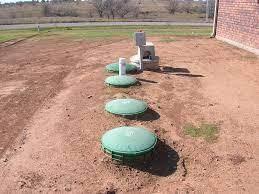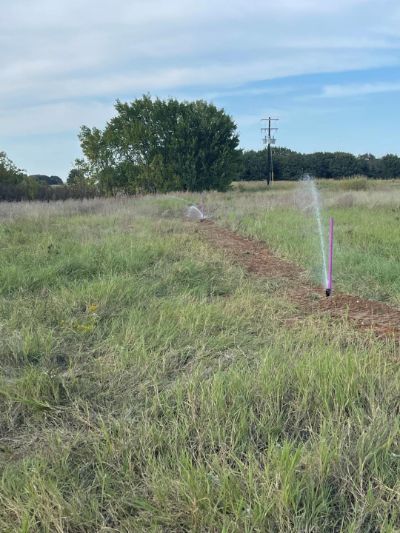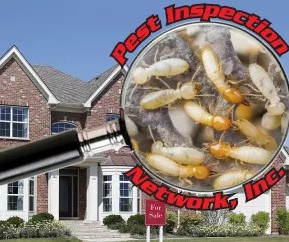Understanding The Aerobic Septic System

An aerobic residential septic system, also known as an aerobic treatment unit (ATU), is a type of wastewater treatment system designed for residential properties. It is an alternative to traditional anaerobic septic systems and offers enhanced treatment capabilities.
The aerobic septic system works by introducing air or oxygen into the septic tank, creating an aerobic or oxygen-rich environment. This promotes the growth of aerobic bacteria, which are more efficient at breaking down organic matter compared to anaerobic bacteria used in conventional septic systems.
Here is a step-by-step explanation of how an aerobic residential septic system typically operates:
- Pretreatment: Wastewater from the house flows into the pretreatment chamber or compartment of the septic tank. This chamber allows for the settling of heavy solids, such as sludge, while lighter materials like grease and scum float to the top.
- Aeration: In the main treatment chamber of the septic tank, an aerator or air pump introduces oxygen into the wastewater. This oxygen-rich environment encourages the growth of aerobic bacteria, which rapidly breaks down organic matter, including pathogens, nutrients, and other contaminants.
- Mixing and settling: The aerator helps keep the contents of the tank in motion, ensuring proper mixing of wastewater and oxygen. As a result, solid particles continue to break down, and the treated effluent separates from the remaining solids.
- Clarification: The clarified effluent, which is now free of most suspended solids, is discharged into an effluent filter or a separate clarification chamber. This allows any remaining small particles to settle out before the effluent proceeds to the next stage.
- Disinfection: Depending on local regulations and the specific design of the system, the effluent may undergo disinfection to further reduce pathogens. Chlorine tablets or ultraviolet (UV) disinfection systems are commonly used for this prupose.
- Distribution: The treated effluent is distributed into a drain field or leach field through a network of perforated pipes or other distribution devices. The effluent slowly percolates through the soil, where natural biological processes further treat and filter the wastewater.
- Soil filtration and absorption: The soil acts as a natural filter, removing remaining contaminants and pathogens as the effluent percolates through it. The treated wastewater eventually reaches groundwater or surface water bodies, ensuring minimal environmental impact.
In some cases, an aerobic residential septic system may include a distribution method using sprinkler heads or irrigation for effluent dispersal. This method is known as effluent spray or effluent irrigation.
Here is a brief explanation of how the effluent spray or irrigation system works:

- Distribution: Instead of using a traditional drain field or leach field, the treated effluent is distributed through a network of pipes equipped with sprinkler heads or irrigation emitters.
- Sprinkler heads or emitters: These are similar to the ones used in regular irrigation systems. They are strategically placed in the designated area where the effluent will be dispersed.
- Spray pattern: When the effluent reaches the sprinkler heads or emitters, they disperse the effluent in a controlled spray pattern over the designated area. This allows for even distribution of the effluent over the surface of the soul.
- Absorption and filtration: As the effluent is sprayed onto the soil, it percolates down through the soil layers. The soil acts a s a natural filter, removing remaining contaminants and pathogens. The effluent undergoes further biological treatment and filtration as it travels through the soil.
- Nutrient uptake: In some cases, the effluent spray or irrigation can be utilized for irrigation specific vegetation or crops. The plants in the designated area can take up the nutrients present in the effluent, contributing to their growth and minimizing the environmental impact of the system.
Effluent spray or irrigation systems can be beneficial in situations where the soil conditions are not suitable for a traditional drain field or leach field, such as areas with high water tables or shallow soil depth. They can also be used in larger residential properties or commercial applications where the effluent needs to be dispersed over a larger area.
It is important to note that the use of effluent spray or irrigation systems may be subject to local regulations and permits. The design and installation of these systems should follow the guidelines provided by regulatory authorities to ensure proper functioning and environmental safety. Regular maintenance and monitoring of the systems are also necessary to ensure their effectiveness and compliance with regulations.





